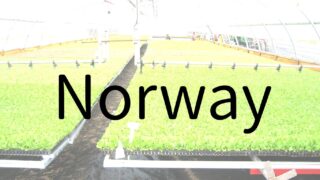The agricultural sector in Norway has experienced some notable shifts in recent years. In particular, farms have become fewer but larger. While the total number of agricultural enterprises in the country has declined by nearly half over the past two decades, milk production, which remains the most significant agricultural output, has held steady, thanks to improvements in efficiency and yield per animalNIBIOend is also observed in livestock, such as dairy cows and sheep, where fewer farms now manage larger herds.In the northern parts of the country, agriculture remains an essential part of the economy, particularly in fodder and livestock farming, with a focus on dairy. However, challenges persist, such as the heavy reliance on leased land and the potential risks of farming becoming less sustainable in some areas【18†sourcNIBIOer, while the climate is harsh in northern Norway, there are opportunities for growth in certain crops, like potatoes, vegetables, and berries, particularly with new cultivation methods like tunnel farming that help protect crops from the harsh climate . Howeveure of Norwegian agriculture is uncertain due to issues like land leasing, farm closures, and the potential impacts of climate change, such as increased precipitation and the spread of pests【18†source】.In sNIBIOagricultural landscape in Norway is evolving, with larger farms, more efficient practices, and a focus on sustainability, but facing challenges that may influence its future viability.
